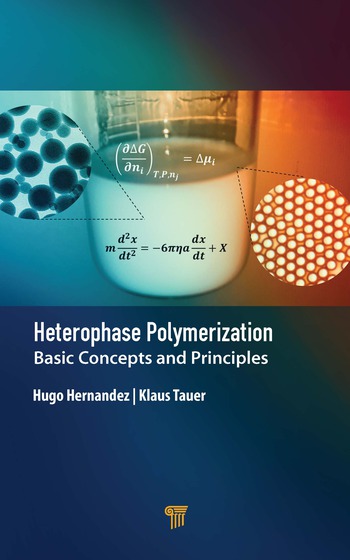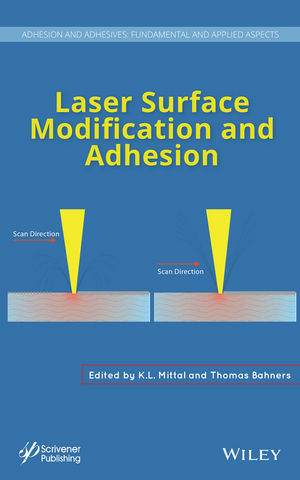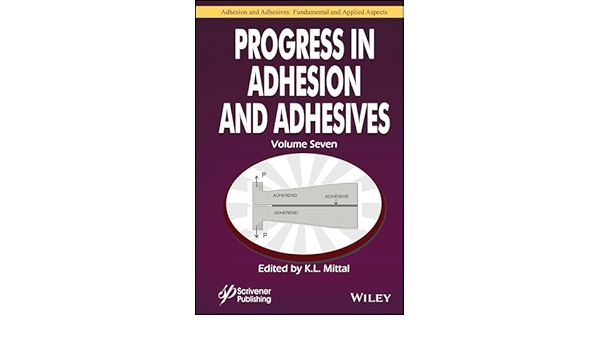Question:We are assembling and sealing some aluminum parts using an RTV silicone and the adhesion values are inconsistent. Can you offer some suggestions to remedy the problem?
Answer:There are several possible reasons for your problem. First, you need to make sure that you are using the best silicone. Some of the modern alcohol-emitting sealants do not give as much adhesion as older acetoxy versions. Talk to your supplier and make sure that adhesion promoters are built into the product, or see if he can supply you with an adhesion-promoting primer. Also, look at the mode of adhesive failure. Are you getting cohesive failure of the silicone and leaving adhesive on both surfaces when the bond fails? If so, then a higher-strength silicone may be the answer. If you are getting adhesive failure to one of the surfaces, the bond should break and leave you with a clean surface. In addition, make sure that the silicone is properly cured to maximize the adhesion. Measure the adhesive strength as function of time. Make sure that there is sufficient ambient humidity to cure the silicone, and also that you are not trying to cure through a large depth, which can take a long time when moisture has to diffuse in from the outside. In my experience, cleanliness and preparation of a surface is usually the key to high and consistent bond strengths. Measure the surface energy of the surface using “dyne solutions” and try cleaning the surface. Usually, appropriate solvents will give a reproducible surface, but corona or plasma treatment can also be effective, although they may be much more expensive.
Question:We use superglues (cyanoacrylates) frequently, but we never seem to be able to keep them from getting on our fingers. How can we keep this from happening?
Answer:I have worked with cyanoacrylates since 1974, and I guarantee that I have stuck my fingers together many more times than you! Obviously, you could wear gloves when handling them, but the real secret is to use modern tools and thickened formulas. The worst possible applicator from a handling point of view is regular liquid superglue in an aluminum tube. This gives good shelf life to the product, but the low viscosity coupled with the lack of “suck back” with the tube virtually guarantees some overflow or drips. If your production is large enough to justify an automatic syringe-type applicator, this should solve the problem. Otherwise, consider using a plastic bottle that will give you some suck-back during dispensing. Some of the modern retail packages really make it easy to dispense the adhesives. Personally, when I use the product at home, I prefer the gelled version. Remember the TV commercial some years ago that talked about "No runs, no drips, no errors"?






